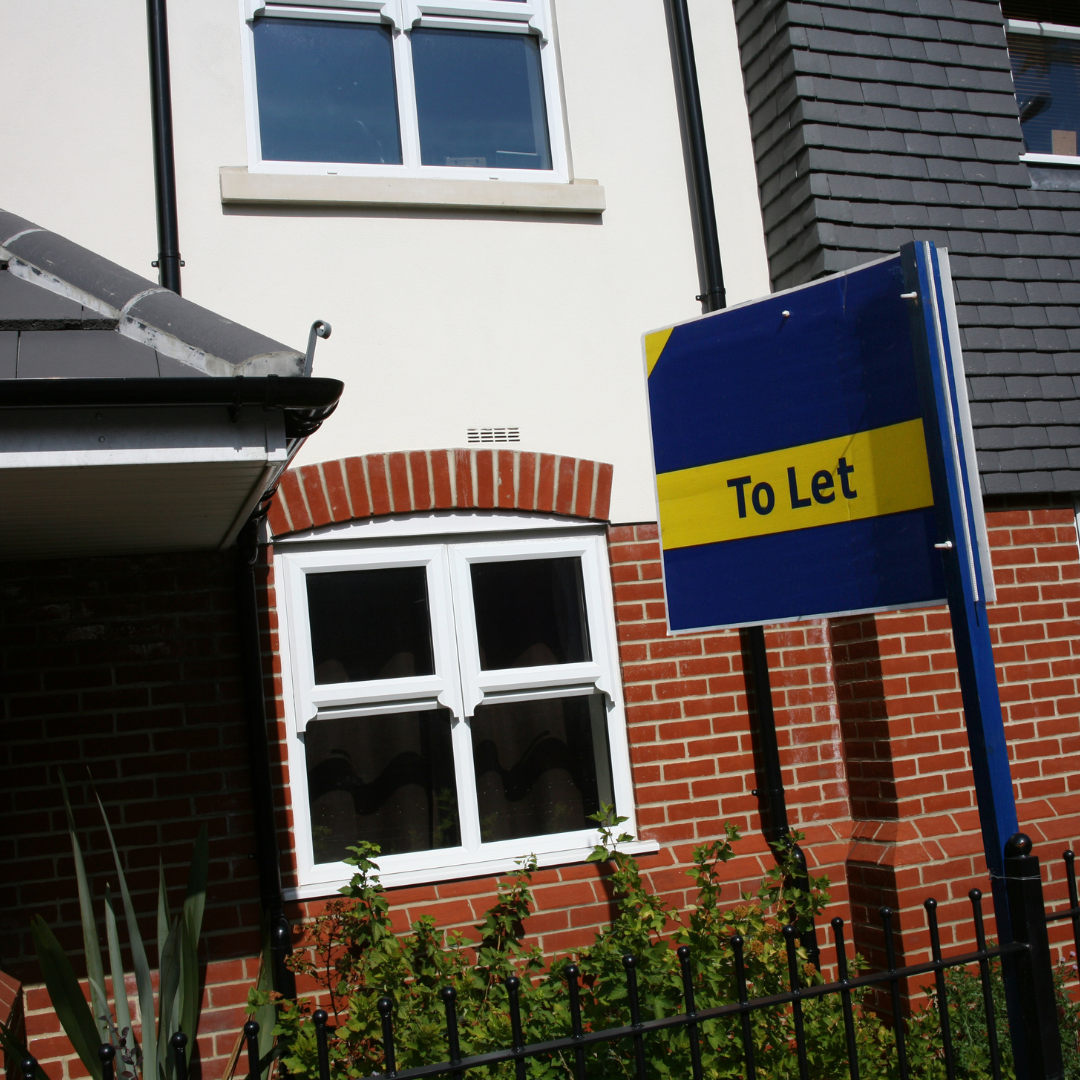
Buy To Let
Please Note: SOME BUY TO LET MORTGAGES ARE NOT REGULATED BY THE FINANCIAL CONDUCT AUTHORITY.
These mortgages are designed for property investors and private landlords, who do not intend to live in the purchased property. Buying additional property for the purpose of letting it to earn rental income can be risky and complicated, since there is no guarantee that house prices will rise, nor that rental income will be uninterrupted.
That said, letting a second property to tenants could return respectable financial rewards over the longer term, but it’s important to properly consider the risks, as well as rewards, involved in ‘Buy to Let’ first.
When buying a rental property, you need to decide whether your investment objective is income or capital growth. Are you looking to cover the monthly costs and perhaps make a profit to supplement your income? Or, are you looking to make a profit later upon the sale of the property, with the assumption your property’s value will increase in value over time? The decision may affect the type of property you purchase, its location, and the risk involved, since there is no guarantee that property prices will rise.


Considering a Mortgage
If you can’t buy the property outright you need to consider a Buy to Let mortgage. When it comes to this type of mortgage, there are several differences to be aware of.
Normally a lender’s decision about whether to offer a mortgage or not, will be based on the rental potential of the property as well as your own income. In some cases, your income may not be considered at all.
Usually, a minimum of 20% to 30% of the property’s value is required as deposit, which is often higher than the deposit required for other types of mortgage. You can expect Buy to Let mortgages to have higher interest rates applicable to them. It’s worth also mentioning that, as of 1 April 2016, there is an additional 3% in Stamp Duty to pay if you are buying a second property, whether as a home or for letting.
Additional Costs
As well as mortgage costs, potential landlords should carefully consider the costs of owning the rental property itself. These additional costs may include:
Property Maintenance – The upkeep of the property itself, such as repairs to appliances. Redecoration may be required before a property is let to new tenants.
Letting Agent Fees – Though it varies, letting agents normally charge around 10% of the monthly rental income for managing tenants. If you need full management of your property, it is not unusual for these costs to be much higher, typically around 15% of the monthly rent.
Ground Rent/Service Charges – These costs only apply to leasehold properties.
Legal Insurance – In the event of non-payment of rent, anti-social behaviour, or damage to the property, you may need legal insurance. This can be used to cover costs involved in pursuing eviction.
Buildings/Contents Insurance – The property will need buildings insurance. Any furnishings provided as part of the rental agreement will also need to be insured with a suitable contents insurance policy.
Furnishings – If the property is to be let as furnished, then you’ll need to consider the initial cost of providing the items needed to furnish the property.
Appliance Safety and Inspection – Certain appliances will need to be regularly inspected and serviced to ensure they are safe to use and compliant with current regulations. Examples include gas boilers and gas fires.

When choosing a letting agent to act on your behalf, it is wise to choose one that is a member of The Association of Residential Letting Agents (ARLA). All members of the ARLA participate in a bonding scheme to protect both rental income and tenants’ deposits.
You can visit the ARLA website for more information. Please note: When visiting this site, you are moving to a website that’s not regulated by the Financial Conduct Authority. We give no endorsement and accept no responsibility for the accuracy or content of any sites linked to/from this site.
What we are proud of
Why Choose Us?
We are raising the standards of financial advice.
Accessible
Making financial advice accessible to all
Trusted
Trusted & stress-free financial advice
Friendly
Friendly, personable advisers.
Download Your Credit Report
YOUR HOME MAY BE REPOSSESSED IF YOU DO NOT KEEP UP REPAYMENTS ON YOUR MORTGAGE.
Commercial mortgages, most Buy to Let mortgages and some Bridging Finance are not regulated by the Financial Conduct Authority.A Lifetime Mortgage is not suitable for everyone and may affect your entitlement to means tested benefits, so it is important to seek financial advice before taking any action. If you are considering releasing equity from your home, you should consider all options available before equity release.
The interest that may be accrued over the long term with a Lifetime Mortgage, may mean it is not the cheapest solution. As interest is charged on both the original loan and the interest that has been added, the amount you owe will increase over time, reducing the equity left in your home and the value of any inheritance, potentially to nothing.
Although the final decision is yours, you are encouraged to discuss your plans with your family and beneficiaries, as a Lifetime Mortgage could have an impact on any potential inheritance. We would also encourage you to invite them to join any meetings with your Financial Adviser so they can ask questions and join in the decision, as we believe it is better to discuss your decision with them before you go ahead.
We have Advisers based across the UK so get in touch today to arrange your appointment and see how we may be able to help you – we offer virtual and telephone appointments at a time to suit you.
